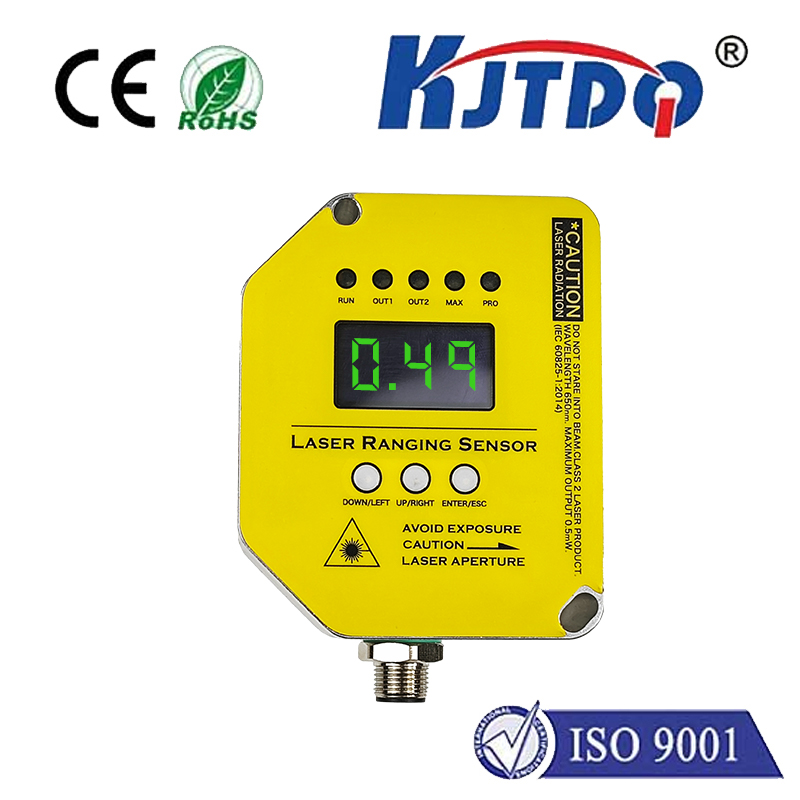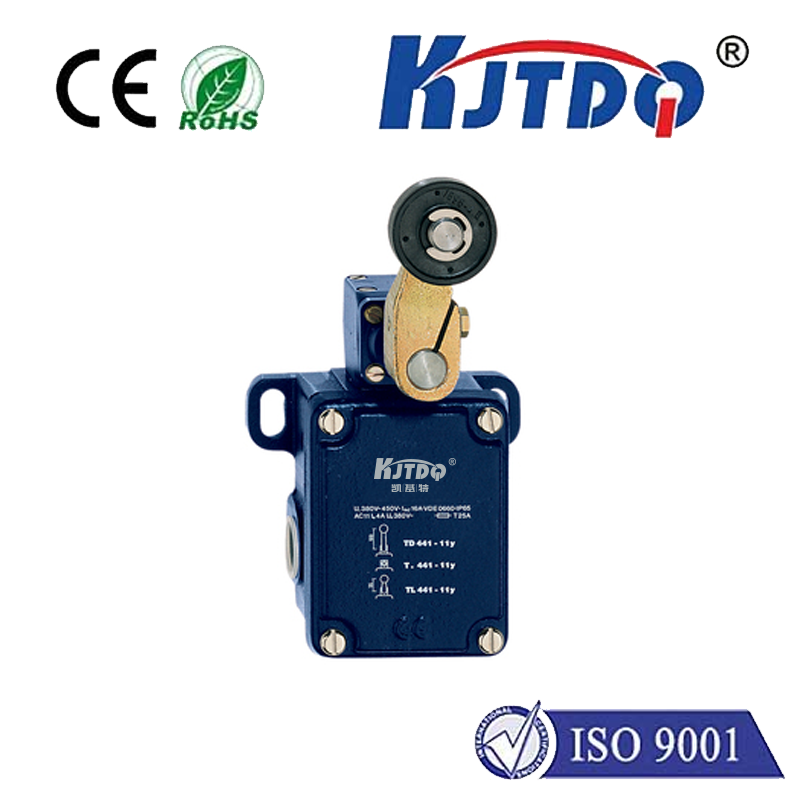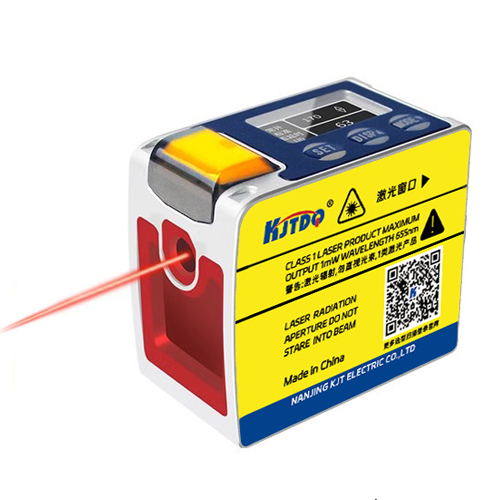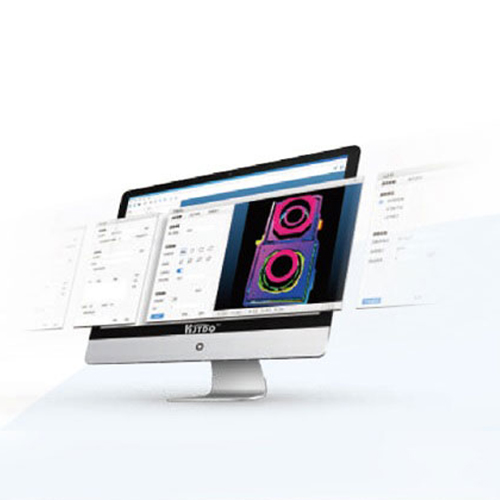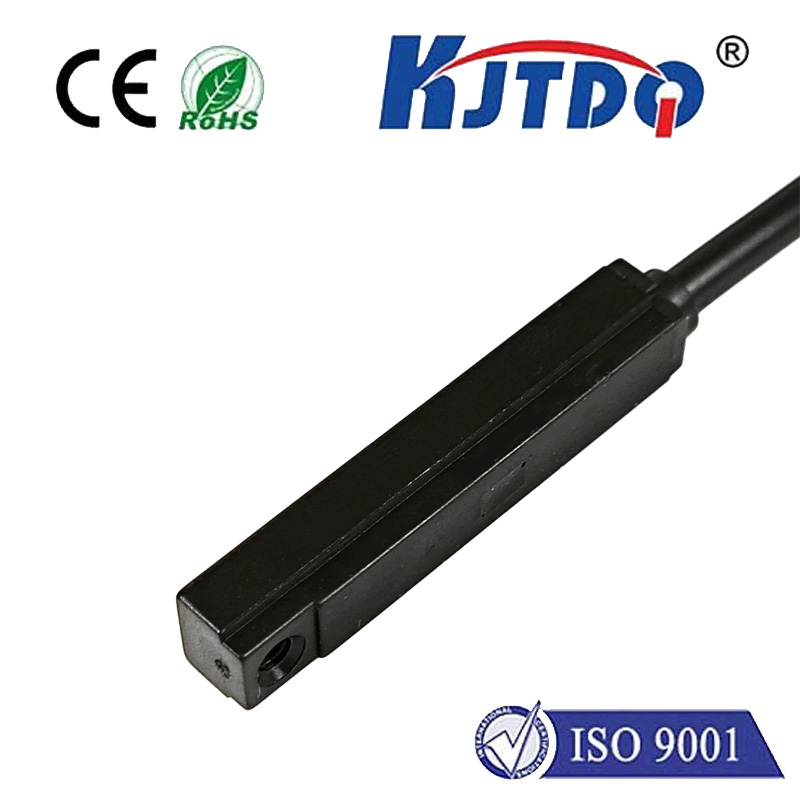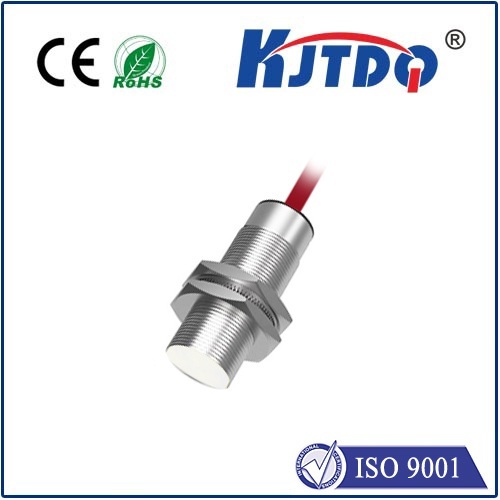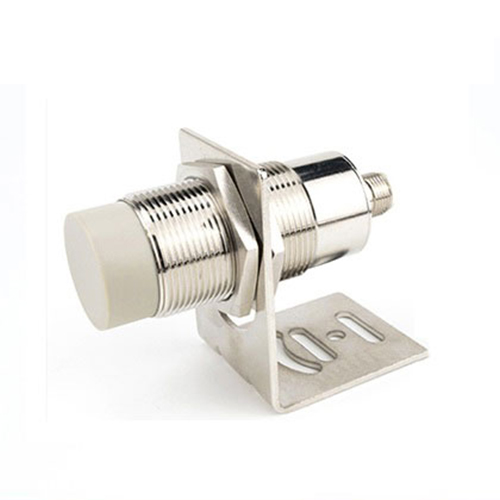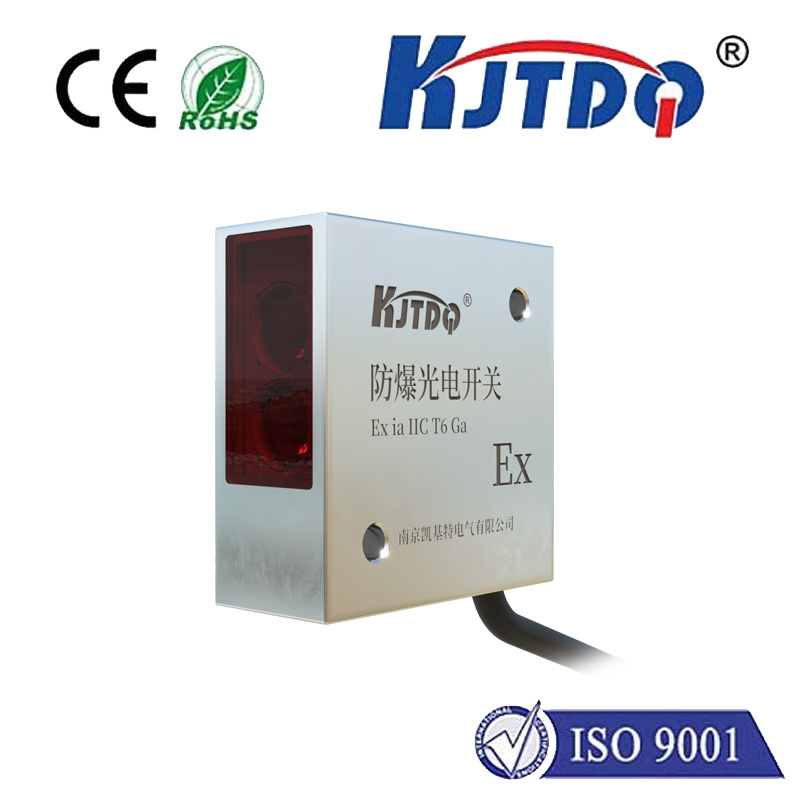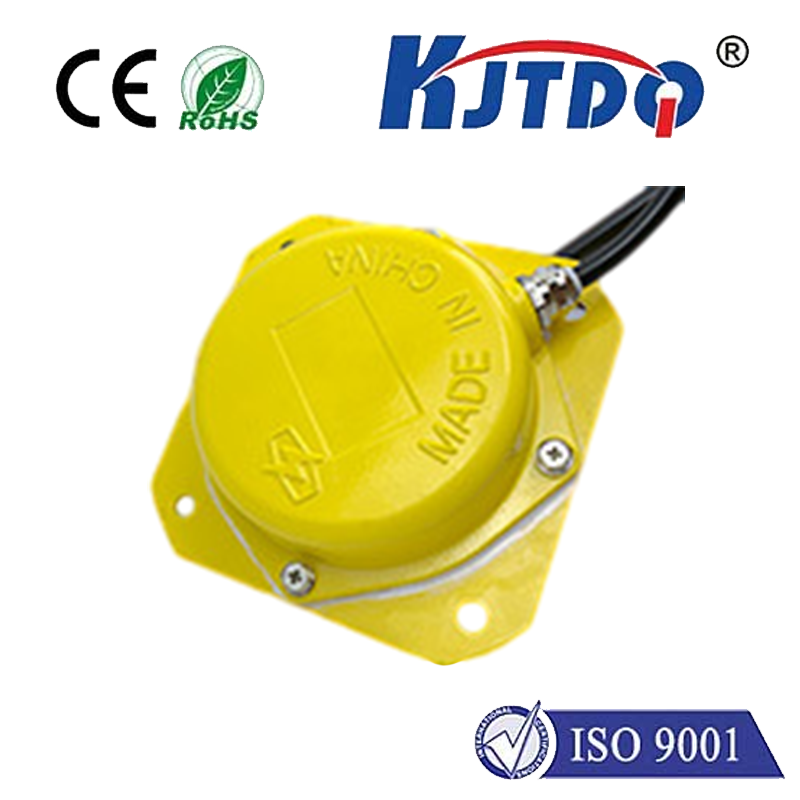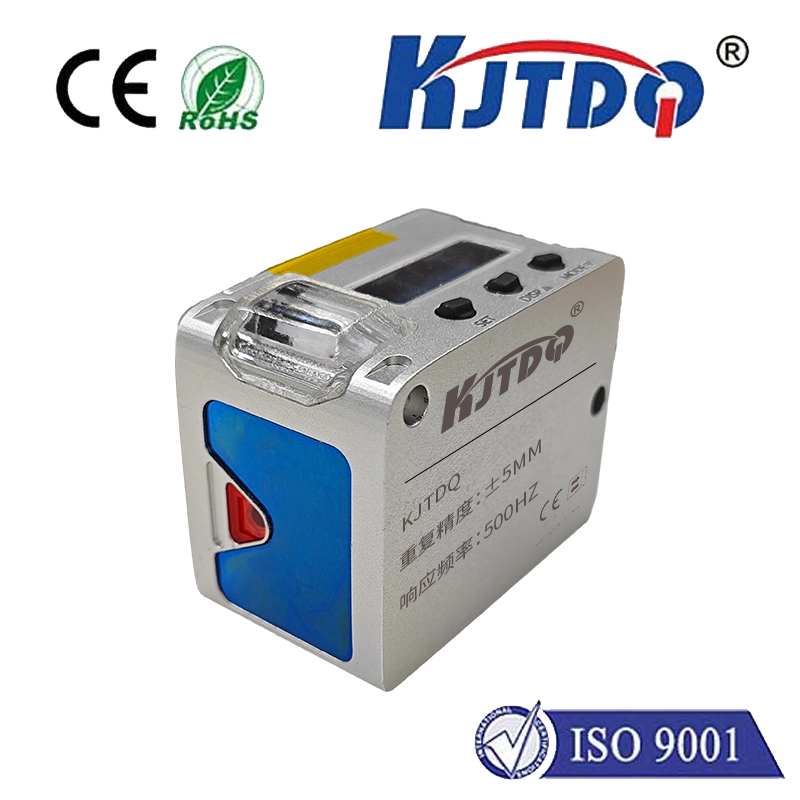Imagine a world where machines sense their surroundings with uncanny precision, preventing collisions, automating production lines, and enhancing safety—all without physical touch. Proximity sensors make this possible, and among them, the LJ8A3-2Z proximity sensor stands out as a cornerstone of modern detection technology. This compact, yet powerful device has transformed industries worldwide by offering unparalleled reliability in object detection. Whether you’re an engineer designing a robotic arm or a plant manager optimizing factory workflows, understanding this sensor unlocks new levels of efficiency. In today’s competitive landscape, leveraging such innovations isn’t just an option; it’s essential for staying ahead in automation. So, let’s dive into what makes the LJ8A3-2Z a game-changer.
To appreciate the LJ8A3-2Z proximity sensor, it helps to grasp the fundamentals of proximity detection technology. At its core, a proximity sensor detects the presence or absence of objects within a specific range, using electromagnetic fields or infrared signals instead of physical contact. This non-intrusive approach eliminates wear and tear, making sensors like the LJ8A3-2Z ideal for harsh environments where accuracy is critical. For instance, in industrial automation, these devices monitor conveyor belts, detect metal components, or trigger safety mechanisms without direct interaction. The result? Reduced downtime, enhanced productivity, and a safer workplace. Proximity sensors aren’t just accessories; they’re vital tools that form the backbone of smart systems in sectors from manufacturing to automotive. That’s why models like the LJ8A3-2Z are engineered to deliver consistent performance under demanding conditions.

Now, let’s focus on the LJ8A3-2Z specifically. This model represents a standard in inductive proximity sensors, designed for detecting metallic objects at close ranges. With a typical sensing distance of up to 2mm—perfect for precision applications—it excels in environments plagued by dust, moisture, or vibrations. Its rugged construction features a cylindrical housing that resists impact and corrosion, ensuring longevity in settings like assembly lines or outdoor machinery. One standout feature is its ease of installation; a simple mounting process allows for quick integration into existing systems without complex wiring. Plus, the LJ8A3-2Z proximity sensor operates on low voltage (commonly 10-30V DC), making it energy-efficient and compatible with diverse control units. Think of it as a reliable “guardian” that silently monitors equipment, detecting issues before they escalate into costly failures. In fact, its versatility has made it a go-to choice for engineers seeking a cost-effective solution that minimizes false triggers.
Beyond its robust specs, the applications of the LJ8A3-2Z span numerous industries, driving innovation and efficiency. In automotive manufacturing, for example, this proximity sensor ensures precise positioning of parts during assembly, reducing errors that could lead to recalls. Industrial robotics rely on it to navigate workspaces safely, preventing collisions with humans or other machinery. The food and packaging sector benefits from its non-contact design, which avoids contamination risks in processing lines. Consider a scenario: an automated warehouse uses the LJ8A3-2Z to detect pallets, guiding forklifts with millimeter accuracy—this not only speeds up logistics but also cuts labor costs. The sensor’s immunity to environmental factors, like temperature swings or oily surfaces, makes it indispensable in challenging settings such as mining or construction. Overall, deploying the LJ8A3-2Z proximity sensor translates to tangible gains: higher output rates, lower maintenance expenses, and improved safety compliance.
Advantages of the LJ8A3-2Z extend beyond practical use to broader economic and technological impacts. Compared to older sensors, this model offers superior stability, with a rapid response time that detects objects in milliseconds. This speed is crucial for high-speed production lines where every fraction of a second counts. Cost-effectiveness is another key benefit; its durable design means fewer replacements, translating to long-term savings for businesses. Moreover, integrating this proximity sensor supports sustainability goals by reducing waste—think fewer faulty products and optimized resource use. In the era of Industry 4.0, such sensors feed data into IoT systems, enabling predictive maintenance and smarter decision-making. For instance, coupling the LJ8A3-2Z with AI analytics can predict when a machine part might fail, shifting from reactive to proactive operations. This not only enhances competitiveness but also fosters innovation in fields like smart cities or renewable energy.
Looking ahead, the LJ8A3-2Z proximity sensor continues to evolve, adapting to emerging trends in automation. As industries push toward greater connectivity, upgrades incorporate digital interfaces for seamless communication with PLCs and networked devices. Its compatibility with wireless technologies opens doors for remote monitoring, reducing on-site interventions. Still, adoption requires careful consideration; users should evaluate factors like object material and environmental specs to maximize performance. Ultimately, the LJ8A3-2Z exemplifies how simplicity meets sophistication, empowering users to build more resilient, efficient systems.
